Mastering Change Management: Leveraging the RHIP Model for Success
By Jiju Johnson, Operations Practice Lead, Compello Partners
The number of different change management models is a veritable alphabet soup of acronyms. Each of these models is a valuable tool, but all boil down to some version of the following steps:
1. Identify the gap between the current and desired future states.
2. Plan how to get there.
3. Execute the plan.
4. Stabilize and reinforce the change.
Why, then, one might wonder, would anyone recommend yet another model?
Whether implementing a new ERP system, deploying a new WMS system, or making operational changes, a successful project depends on leading the organization through change. At the project level, “change” is a nebulous concept. However, at a task level, the word ‘change’ refers to concrete impacts on workflows, and it is only natural for the people in the organization to be apprehensive about these changes.
A savvy change management professional should be adept at engaging with the organization at this task level. A large portion of their job is to understand which changes can be abandoned in the face of opposition and which ones cannot. This is where the RHIP model is useful; it is a handy framework for understanding why a person may be resistant to a particular change.
RHIP stands for Risk, Habit, Identity, Power
Risk:
What risks does the person perceive this change as creating?
Example: Migrating from a niche ERP system that was designed for just-in-time (JIT) production planning to a mass-market general ERP system will create a real risk for Tier 1 automotive suppliers that they will not be able to fulfill their customers’ shipping release schedules.
Solution: Identify and mitigate the risks.
Habit:
How does the change impact the work habits of the person?
Example: In the legacy ERP system, the shipping manager physically walks the completed paper shipping documents from the dock to the accounting department for invoicing. The new system automatically invoiced completed shipments and does not require a paper workflow.
Solution: Give a simplified behind-the-scenes explanation of how their previous work function will be automated or why it isn’t necessary. Please give them a definite action to perform to replace their previous habit (In this example, instead of insisting that they discard the paper document, suggest storing it for three months. Filing away the document is a better replacement for the habit than the anxiety of not doing anything)
Identity:
How does the change impact how they define themselves?
Example: In the legacy production planning system, the Master Planner’s productivity was greatly aided by their impressive memory and intelligence – they knew each work center’s capacity by heart and could sequence the work neatly. They derived job satisfaction from being the person who solved puzzles to ease the lives of their colleagues. In the new system, work-center constraints are pre-programmed, and the scheduling board can automatically calculate efficient work sequencing.
Solution: Elevate the person’s role from task execution to that of a workflow architect. If guided correctly about the powers and limitations of the new system, this person’s output will far exceed that of any outside consultant.
Power:
How does the change impact a person’s power dynamics?
Example: In the legacy system, the warehouse manager could fulfill any open order in any sequence. By choosing what to fulfill, they could control the company’s revenue. In the new system, inventory allocation and shipment sequencing are controlled by business rules, and KPIs expose any operational inefficiencies. The change removed the power of revenue control from the warehouse manager and placed it in the hands of sales and order management teams.
Solution: This doesn’t have an easy answer. A person whose power dynamics are about to be disrupted is more likely to exhibit vehement objection to the change than any other motivation listed here. If the person cannot be persuaded, either they will not survive the change, or the change will not survive them.
Change management is almost always more expensive and time-consuming than the technical aspect of introducing new technologies to the organization. An insightful change management professional knows there will always be resistance to change; the RHIP model classifies these instances of resistance and helps find quicker solutions.
Ultimately, change must be acknowledged as an iterative and continuous process. Any well-functioning organization has operational momentum, and it’s disastrous to implement too much change too fast. Allowing some inefficiency from the legacy workflow for a smoother project implementation is prudent.
Inspired by a case study by Michaela Kerrissy and Masha Kuznetsova, “Killing the Pager at ZSFG,.” https://store.hbr.org/product/killing-the-pager-at-zsfg/PH2230
Our IT Support Services are 100% focused on Private Equity-Backed Companies.
Contact Compello Partners for a Complimentary IT Assessment
Learn More